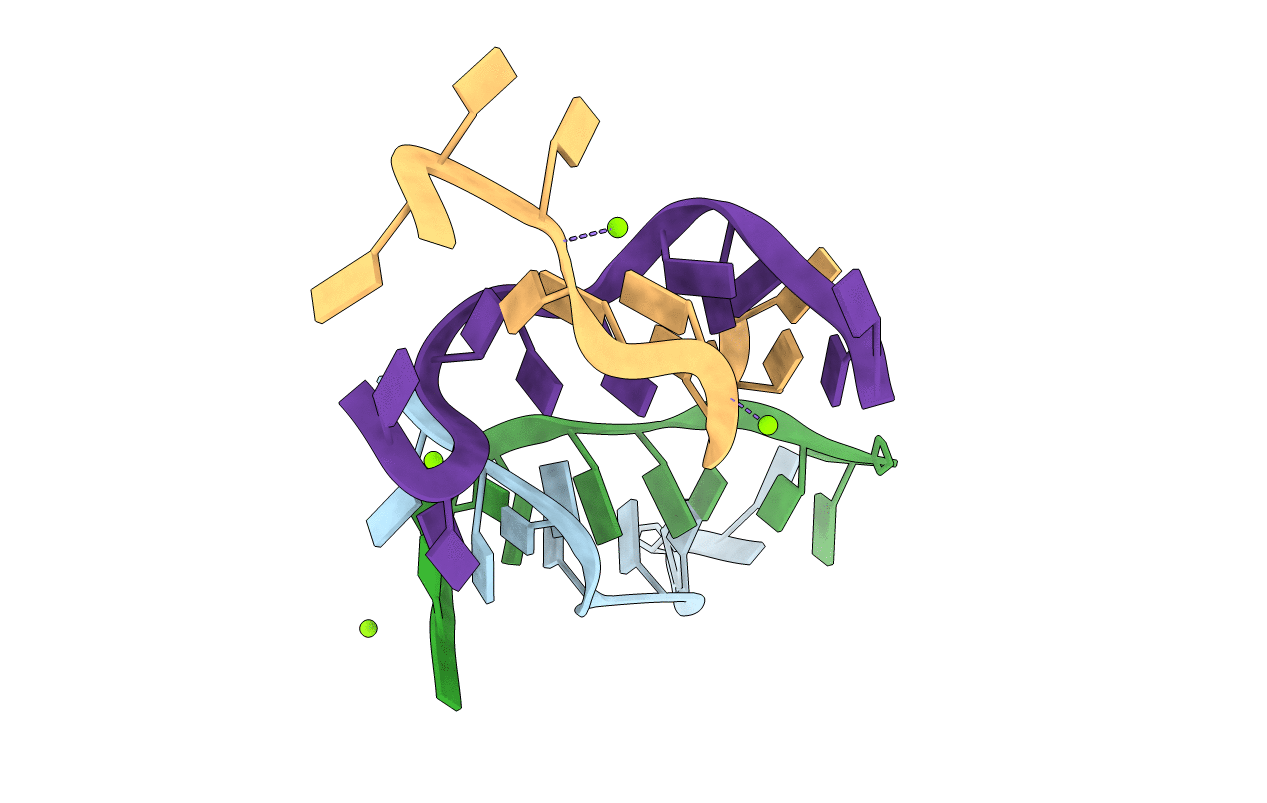
Deposition Date
2015-05-21
Release Date
2015-12-16
Last Version Date
2023-09-27
Entry Detail
PDB ID:
4ZYM
Keywords:
Title:
Structural implications of homo-pyrimidine base pairs on the parallel-stranded d(GAY) motif.
Biological Source:
Source Organism:
synthetic construct (Taxon ID: 32630)
Method Details:
Experimental Method:
Resolution:
2.53 Å
R-Value Free:
0.24
R-Value Work:
0.22
R-Value Observed:
0.23
Space Group:
C 1 2 1


